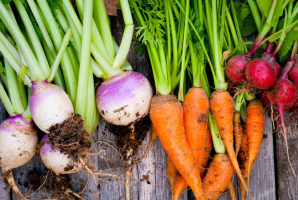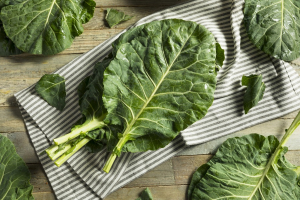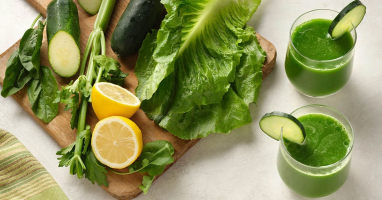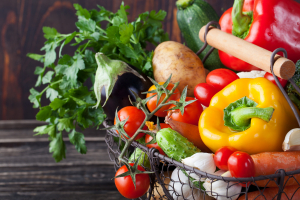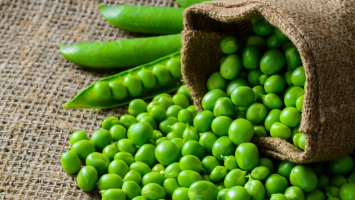Top 10 Healthiest Winter Vegetables
Winter vegetables are those that are grown and harvested as the weather begins to cool, due to their preference for the cold. Some of the vegetables on this ... read more...list are more flexible than others and may thus be found at different seasons of the year; however, they all have one thing in common: they taste better in the winter. Let's find out some of the Healthiest Winter Vegetables below!
-
This leafy green is not only one of the healthiest vegetables available, but it also thrives in the cooler months. Brussels sprouts, cabbage, and turnips are all members of the cruciferous vegetable family, which includes other cold-tolerant plants. Kale may be harvested all year, although it prefers cooler temperatures and can even withstand snow.
Kale is a healthy and versatile green. Vitamins, minerals, fiber, antioxidants, and strong plant compounds abound in this superfood. In fact, one cup of kale (67 grams) provides the daily required consumption of vitamins A, C, and K. B vitamins, calcium, copper, manganese, potassium, and magnesium are also abundant. Kale is also high in flavonoid antioxidants including quercetin and kaempferol, which have anti-inflammatory properties. According to some research, eating a diet rich in flavonoids can help lower the risk of cancers such as lung and esophageal cancer.
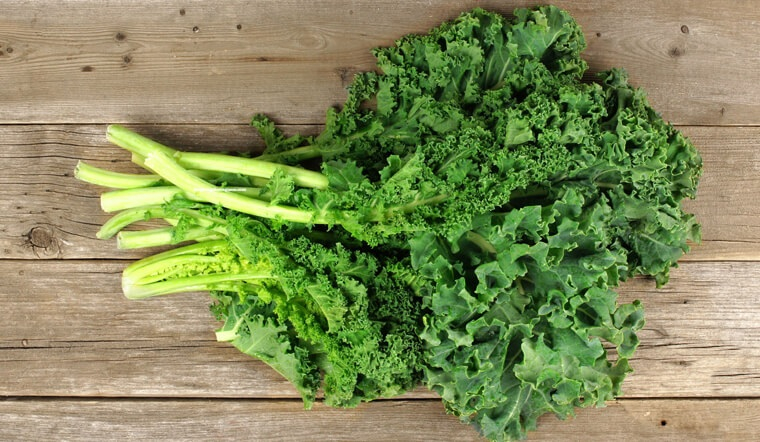
Kale 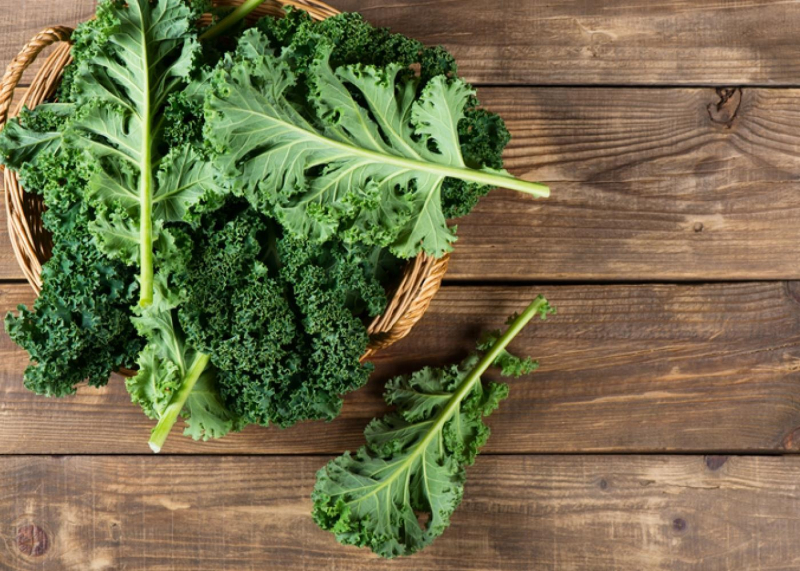
Kale -
Brussels sprouts, like kale, belong to the nutrient-dense cruciferous vegetable family. During the colder months, the brussels sprout plants that develop mini cabbage-like heads. They can withstand freezing temperatures, making them ideal for winter dishes.
Brussels sprouts, despite their small size, pack a powerful nutritional punch. They're a good source of vitamin K as well. Cooked brussels sprouts contain 137% of your daily recommended intake in one cup (156 grams). Vitamin K is crucial for brain function as well as bone and heart health. Vitamins A, B, and C, as well as the minerals manganese and potassium, are abundant in brussels sprouts. Brussels sprouts are also abundant in fiber and alpha-lipoic acid, two nutrients that have been shown to help maintain blood sugar levels.
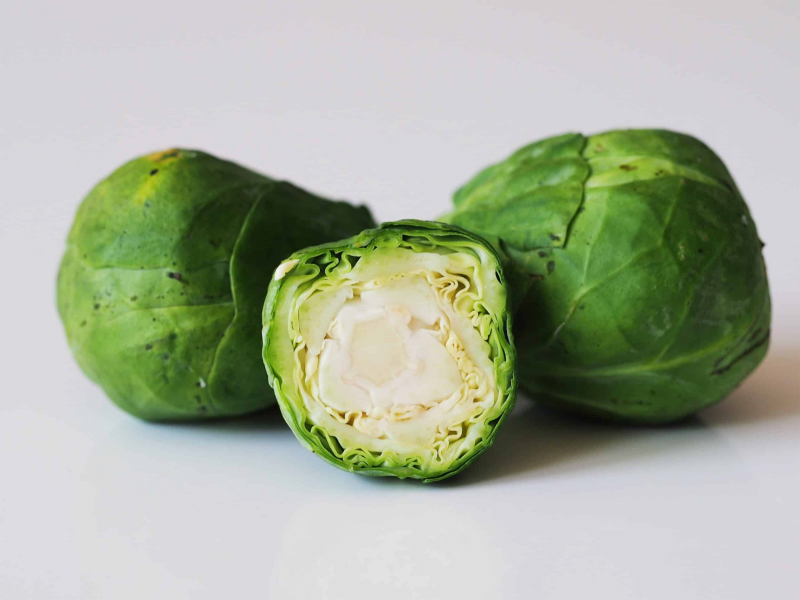
Brussels Sprouts 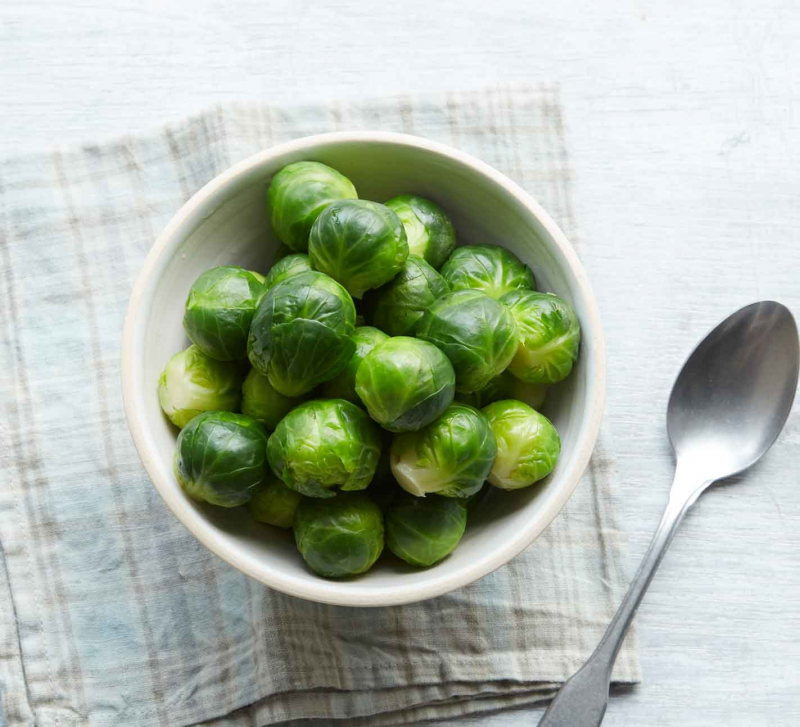
Brussels Sprouts -
This popular root vegetable may be harvested throughout the summer, but its sweetness peaks in the fall and winter. Carrots convert stored starches into sugars in cooler temperatures to protect the water in their cells from freezing. In the cooler months, this makes carrots taste even sweeter.
Carrots harvested after a frost are often referred to be "candy carrots". This crunchy vegetable is also a good source of vitamins. Beta-carotene, which may be converted to vitamin A in the body, is abundant in carrots. One large carrot (72 grams) provides 241% of the daily vitamin A requirement. Vitamin A is necessary for eye health, as well as immune function and development of the body. Carrots are also high in antioxidants called carotenoids. Carrots' bright color comes from these powerful plant pigments, which may also help to reduce the risk of chronic diseases. According to certain research, a diet rich in carotenoids may help lower the risk of some cancers, such as prostate and breast cancer.
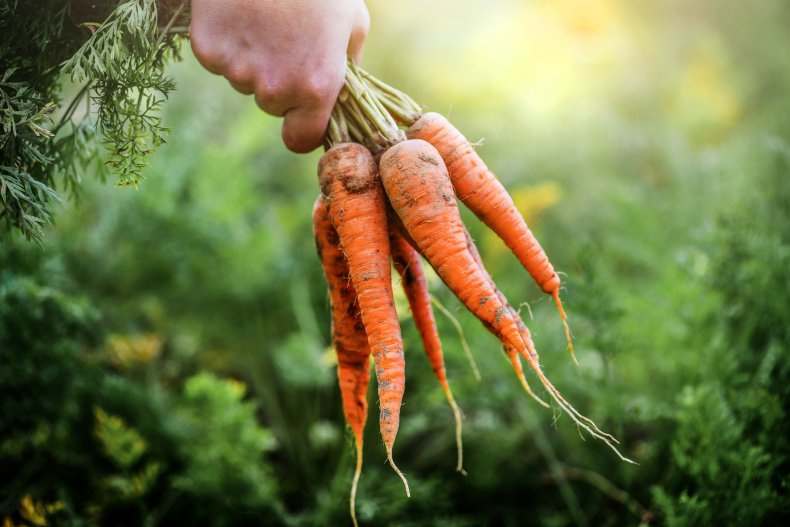
Carrots 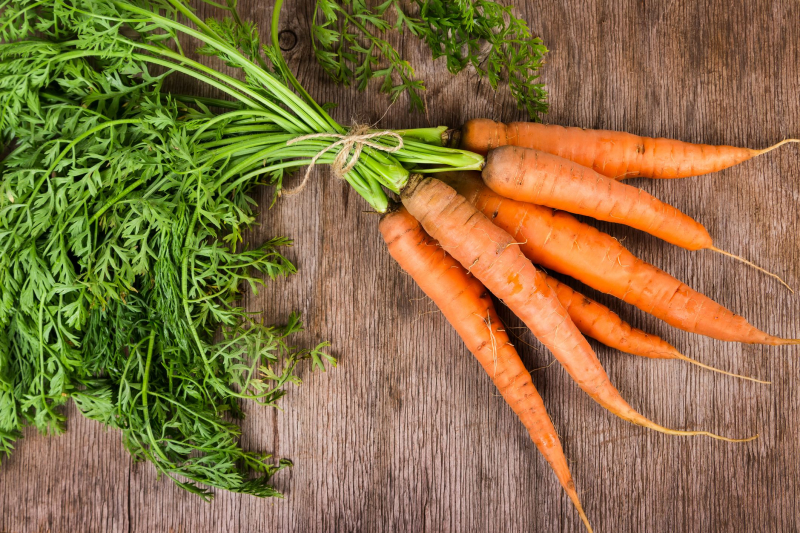
Carrots -
Swiss chard is low in calories and high in nutrients. In fact, one cup (36 grams) has only 7 calories while providing nearly half of the daily recommended vitamin A consumption and 100% of the daily recommended vitamin K intake. Vitamin C, magnesium, and manganese are all abundant in this plant.
Swiss chard's rich green leaves and brightly colored stems are also high in betalains, which are important plant pigments. Betalains have been proven to reduce inflammation in the body and lower LDL cholesterol oxidation, which is one of the leading causes of heart disease. This leafy green is a staple of the Mediterranean diet, which has been linked to the many health benefits, including a lower risk of heart disease.
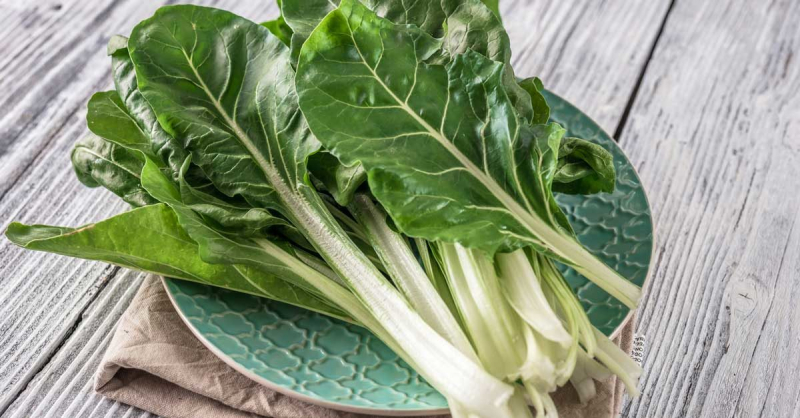
Swiss Chard 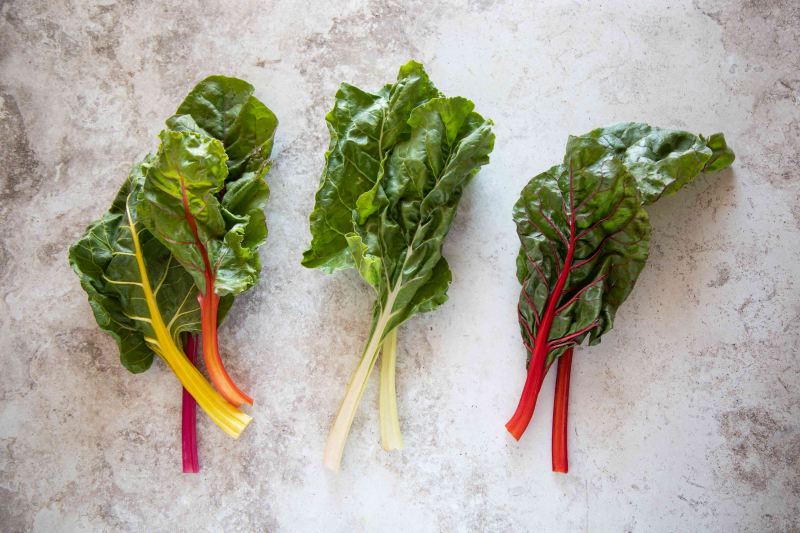
Swiss Chard -
Parsnips, which resemble carrots in appearance, are a kind of root vegetable with a variety of health benefits. Parsnips, like carrots, grow sweeter as the weather gets colder, making them a delicious addition to winter dishes. They have a slightly unpleasant taste and are packed with nutrients.
Cooked parsnips offer about 6 grams of fiber and 34% of the daily recommended vitamin C intake in one cup (156 grams). Parsnips are also high in vitamins B and E, as well as potassium, magnesium, and manganese. Parsnips are also high in fiber, making them a good choice for digestive health. They are especially high in soluble fiber, which in the digestive system forms a gel-like substance. This can help slow sugar absorption into the circulation, which is highly helpful for diabetics. Heart disease, breast cancer, and stroke have all been linked to soluble fiber intake.
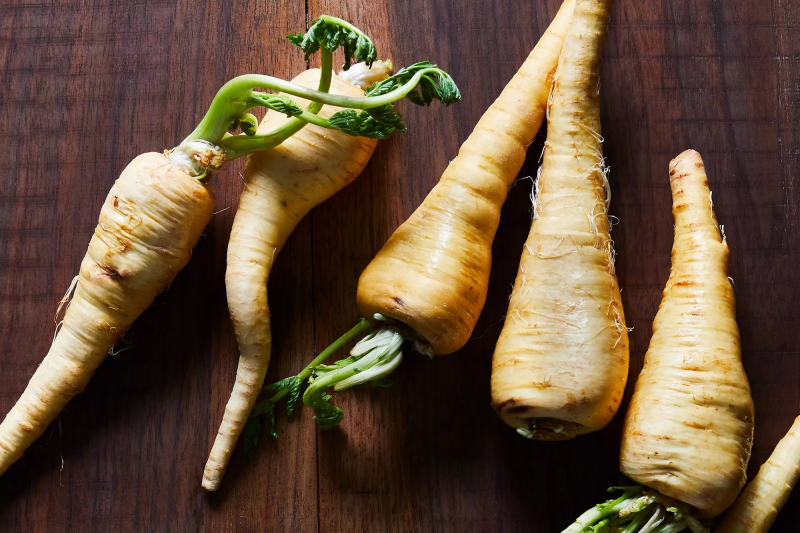
Parsnips 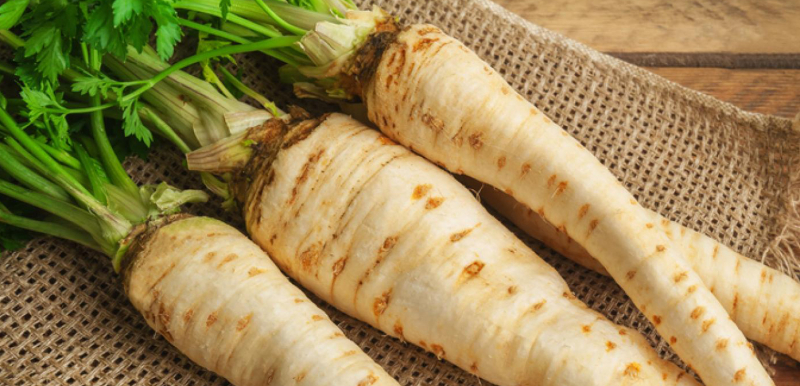
Parsnips -
Collard greens, like kale and Brussels sprouts, are part of the Brassica family of vegetables. It is one of the group's most cold-hardy plants.
This slightly bitter green can withstand cold temperatures for lengthy periods of time and tastes best when it has been exposed to frost. Collard greens' bitterness is due to the high calcium content of the plant. In fact, one study found that the bitterest veggies were those with the highest calcium concentration. Collard greens have a lot of calcium in them, with one cup (190 grams) of cooked collards providing 27% of the daily recommended calcium intake. Calcium is needed for a variety of functions, including bone health, muscle contraction, and nerve transmission. Furthermore, these greens are high in vitamin K, which is important for bone health. According to studies, getting enough vitamin K and calcium can help prevent osteoporosis and fractures. Collard greens are also a good source of vitamins B and C, iron, magnesium, and manganese.
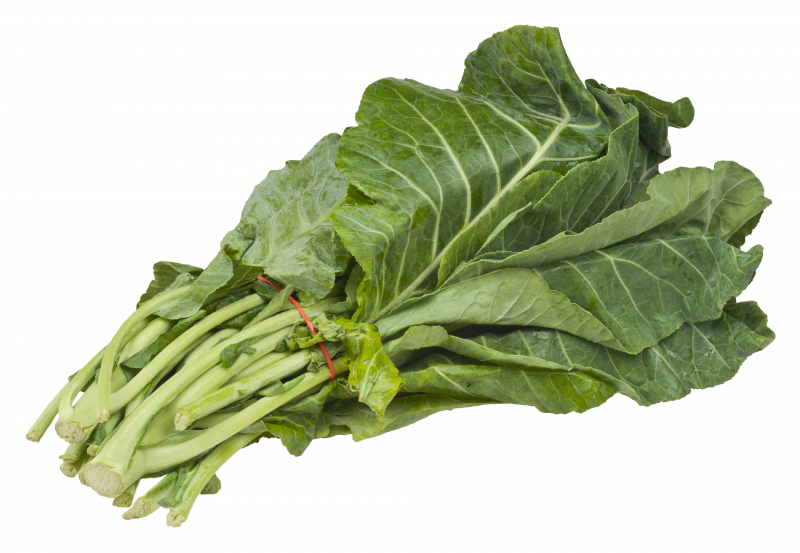
Collard Greens 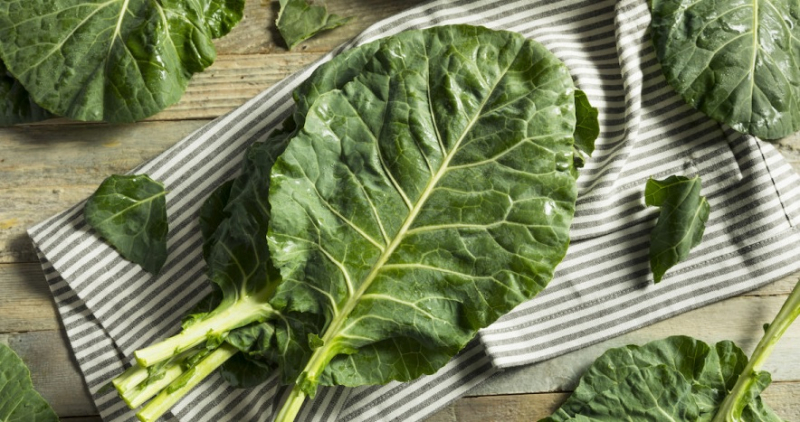
Collard Greens -
Rutabagas have an impressive nutrient content. These root vegetables thrive in colder climates and develop a sweeter flavor when the weather gets cold in the fall and winter. The lush green tops that stick up from the ground can be eaten together with the rest of the rutabaga plant.
One cup of cooked rutabaga (170 grams) contains more than half of the daily vitamin C needed and 16% of the daily potassium requirement. Potassium is needed for heart and muscle contraction. It also helps in the regulation of blood pressure. In fact, studies have shown that a potassium-rich diet can help lower blood pressure. Furthermore, cruciferous vegetables like rutabagas have been related to a lower risk of heart disease in observational studies. In fact, according to one research, consuming more cruciferous vegetables can cut the risk of heart disease by up to 15.8%. Rutabagas are a good source of B vitamins, magnesium, phosphorus, and manganese, in addition to being high in vitamin C and potassium.
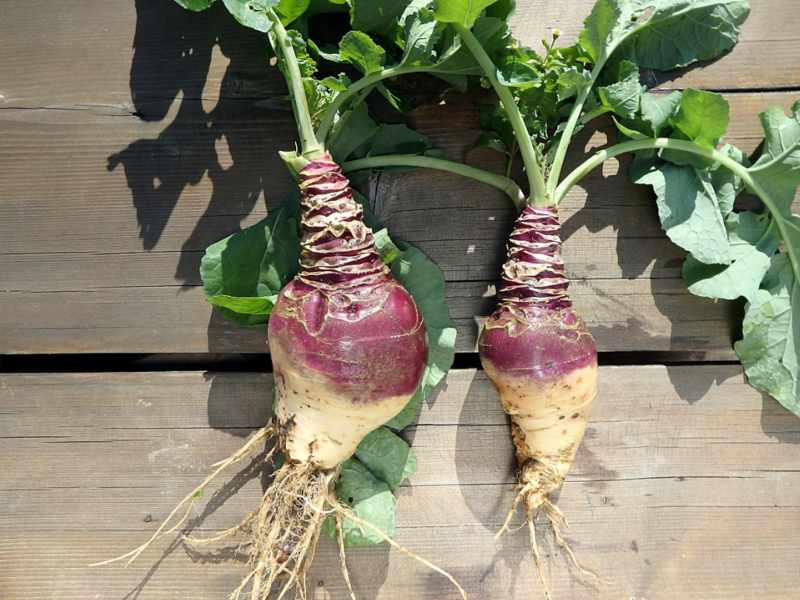
Rutabagas 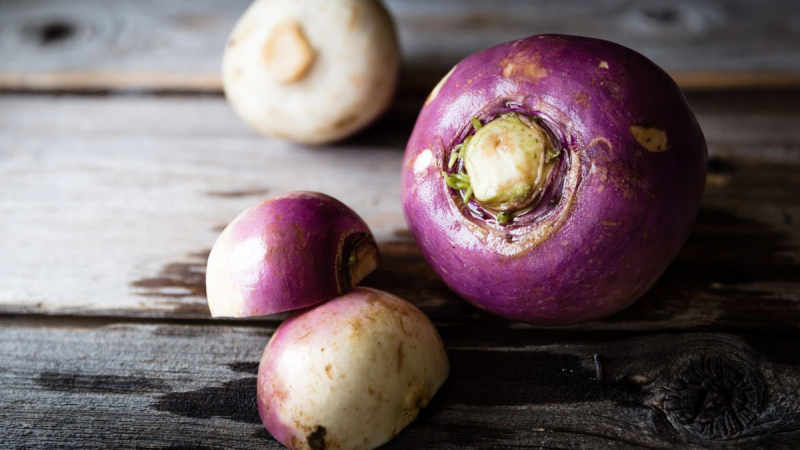
Rutabagas -
Cabbage is a cruciferous vegetable that grows well in the cooler months. While both green and red cabbage are nutritious, red cabbage has a higher nutritional profile.
One cup (89 grams) of raw red cabbage contains 85% of the daily recommended vitamin C intake, as well as high concentrations of vitamins A and K. B vitamins, manganese, and potassium, which are all abundant in it. The antioxidant content of red cabbage is the highlight of this plant. Anthocyanin pigments are responsible for the bright color of this vegetable. Anthocyanins are antioxidants that belong to the flavonoid family and have been related to a variety of health benefits. One of these benefits is the potential of lowering heart disease risk. Researchers discovered that women who ate more anthocyanin-rich foods had a 32% lower risk of heart attacks than women who ate fewer anthocyanin-rich foods in a study of 93,600 women. Furthermore, high anthocyanin intake has been linked to a lower risk of coronary artery disease.
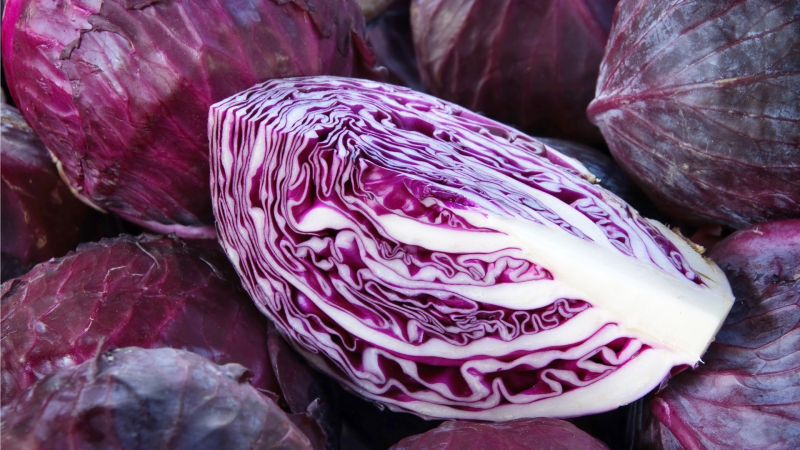
Red Cabbage 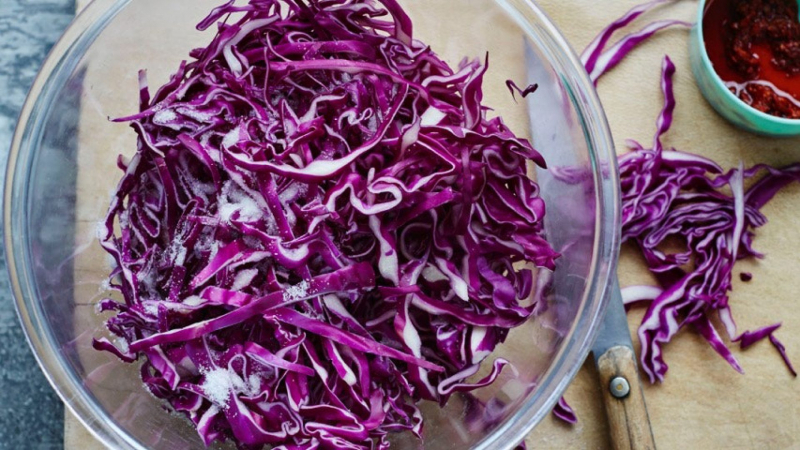
Red Cabbage -
Radishes are well-known for their spicy flavor and crunchy texture. Furthermore, vitamins B and C, as well as potassium, are abundant in radishes.
Isothiocyanates, a sulfur-containing compound that has been linked to a variety of health benefits, are responsible for its peppery taste. In the body, these potent plant compounds act as antioxidants, reducing inflammation. Radishes have been studied extensively for their cancer-fighting properties. In fact, isothiocyanate-rich radish extract inhibited the growth of human breast cancer cells in a test tube study. This effect has also been seen in colon and bladder cancer cells in test tubes and animals. Despite the promising results, more human research on the potential cancer-fighting powers of radishes are needed.
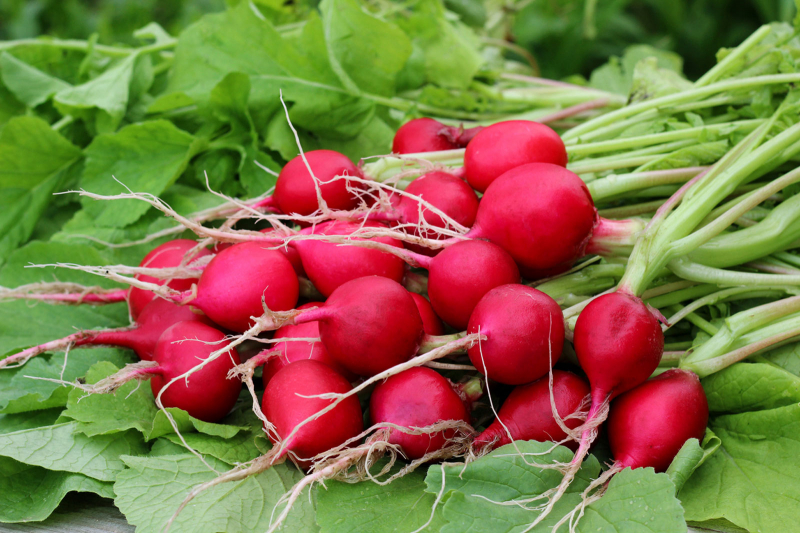
Radishes 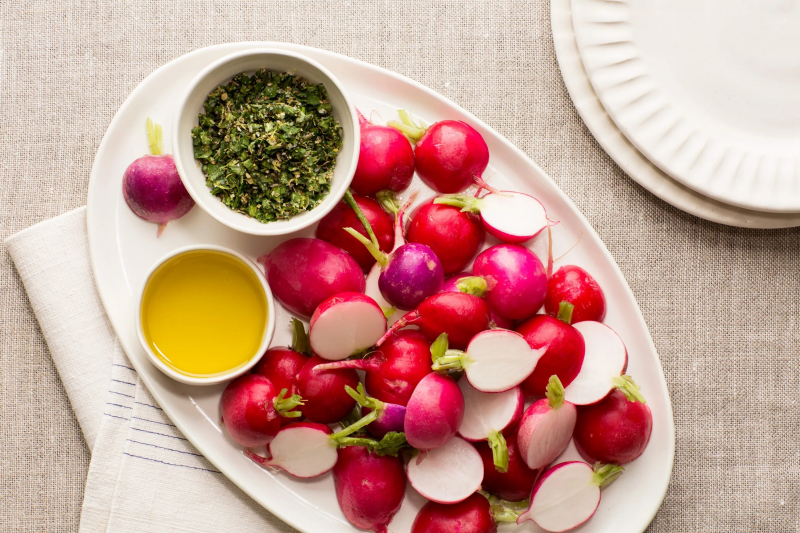
Radishes -
Parsley is a widely cultivated flowering herb that belongs to the family Apiaceae. While many herbs die out as the weather gets colder, parsley can thrive in subzero conditions and even snow.
One ounce (28 grams) includes more than half of the daily recommended vitamin K intake and more than half of the daily recommended vitamin C intake. Vitamin A, folate, iron, calcium, and potassium are also abundant. Flavonoids, such as apigenin and luteolin, which are plant compounds with numerous potential health benefits, are abundant in parsley. These flavonoids may be beneficial in preventing memory loss and age-related brain changes. A luteolin-rich diet reduced age-related inflammation in the brains of aged mice and enhanced memory by inhibiting inflammatory compounds, according to one research.
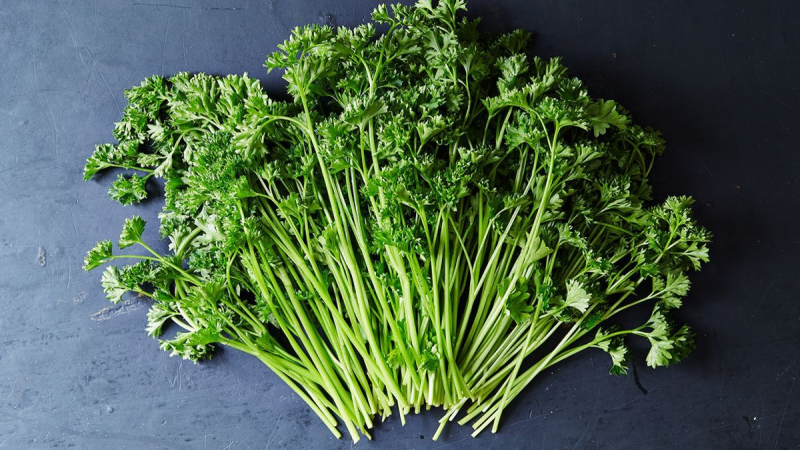
Parsley 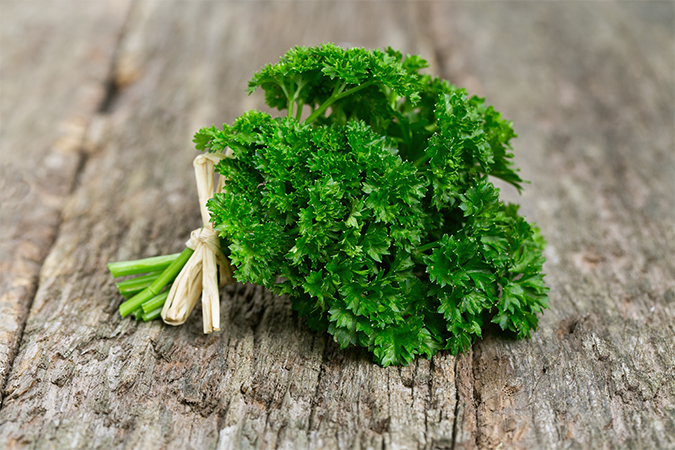
Parsley












